From Monday, brands will be able to pay to appear in British TV programmes for the first time. Insiders expect product placement to be worth £100m in five years. But what will the latter-day Hilda Ogdens be pushing? Rob Gray reports
You didn’t dream it. Camilla Duchess of Cornwall really did put in an appearance on The Archers last week.
But her wooden performance wasn’t the only cause for consternation. While she referred generically to the shortbread she was munching, in an earlier episode, another character had extolled the virtues of a very specific example Prince Charles’ Duchy Originals shortbread declaring it “really very good”.
The name check infringed the BBC’s rules forbidding overt product placement and the resulting media furore forced the corporation to promise not to mention the brand again. From Monday, however, commercial TV broadcasters will no longer be subject to such constraints. Paid for product placement is about to hit the UK for the first time and viewers will soon notice a PP logo appear at the beginning and end of television shows featuring said products.
So are we about to see Becky Granger cleaning tables in the Rovers Return with Flash Surface wipes, or Clearasil being slapped on by the cast of Channel 4 teen drama Skins (as well as appearing in idents as its sponsor)?
While it has been allowed on commercial radio since 20 December (as long as listeners are made aware references are advertiser-funded), TV is unquestionably the medium that brands and their media agencies have been waiting for.
Some fmcg products will be prohibited from placement (see box) but this will still leave a raft of opportunities for many fmcg brands own label as well as branded.
“We have seen some proactive interest within the grocery market, particularly among retailers,” confirms David Charlesworth, Channel 4 head of sponsorship, placement and funded content.
Some programmes present a more attractive proposition than others, he says. The channel has already singled out Hollyoaks as its flagship product placement ‘asset’ and is currently in talks with potential advertisers. It won’t be the only soap being eyed up, says Rhys McLachlan, head of broadcast implementation at media planning and buying agency MediaCom. The huge viewing figures and shorter lead times of soaps along with food programmes make them particularly attractive targets. “For the grocery sector, there’s a big opportunity especially in the soap environment,” he says.
That’s not to say things are going to change overnight. Charlesworth does not expect brands to appear in Hollyoaks until late summer. “We’re in no rush as it’s in everyone’s interest to plan inaugural deals with great care,” he says. “We’ll offer a handful of opportunities to a discrete number of partners in non-competing product categories via media agencies.”
This cautious approach is mirrored by other broadcasters. ITV is prepared to say little other than the editorial integrity of its programming is its main priority. Its executives are known to be exasperated at the parallels some media commentators have drawn between the unsubtle use of product placement in American Idol and what may happen with equivalent Simon Cowell programmes on these shores.
In the US shows, the Coca-Cola cups that sit in front of the judges enjoy more exposure than most of the wannabe superstars but Coke would be unable to replicate this approach in UK programming because it would be a flagrant breach of Ofcom’s far stricter rules on undue prominence.
So which brands look likeliest to cash in on the changes? Nielsen IAG research identifies Coca-Cola, Nike, Apple and Ford as being among the most high-profile users of product placement in the US, with Charmin and Cheerios having high consumer recall for their involvement in hit shows Survivor and The Biggest Loser.
It’s a fair bet that they will attempt to repeat the trick here as well. But don’t expect brands to become gung-ho. Many of them already use free prop placement, where branded products are used within shows to add realism for no cost. They’re not likely to suddenly abandon this mechanism, says Richard Hartell, chief strategy officer at media buyer Starcom MediaVest Group.
“Paid-for placement is not going to replace prop placement you are still going to see branded products in Coronation Street or in EastEnders,” he says.
Steve Read, MD of specialist product placement agency Brandirector, agrees. He cites feedback from a big Hollywood agency, which estimates 90% of products placed in the US are still done so free of charge.
“So free placements will still be the vast majority,” he continues. “It’s usually the BBC shows our clients want anyway: Spooks, Sherlock, Silent Witness we’ve had products in all of them.”
Unilever certainly plans to continue with prop placement until there’s evidence paid for stacks up. “We view prop placement as a valuable part of our armoury,” says Richard Brooke, communications buying manager. “Paid-for placement is an extension of this, but only when the investment matches the opportunity, and these opportunities can be quite rare.”
It’s worth remembering that even in the US and Australia, where product placement is long established, it only represents around 5% of the TV spot ad market. Applying this proportion to the UK equates to £150m roughly the same size as the UK TV sponsorship market and even that figure may be wide of the mark. Charlesworth predicts annual product placement spend could reach £100m in five years.
But while it might be premature to predict a revolution, make no mistake, we’re about to see brands promoted in a way they have never been before. And for early movers, this “new and genuinely exciting” development, as McLachlan describes it, could reap seriously big rewards.
Placement: the rules
- Products can’t be given undue prominence (placements must be editorially justified and care must be taken in how they’re presented)
- Programmes cannot be created as brand vehicles or distorted to become such
- Alcohol, tobacco, prescription medicines, baby milk and HFSS foods are banned
- Products can’t be placed in kids’ TV and news, current and consumer affairs or religious programmes
- Programmes must clearly flag up that placement has been used
- Broadcasters are required to run a campaign to inform viewers of the new placement labelling









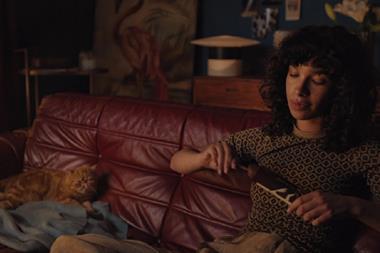
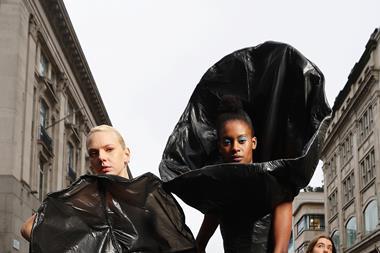
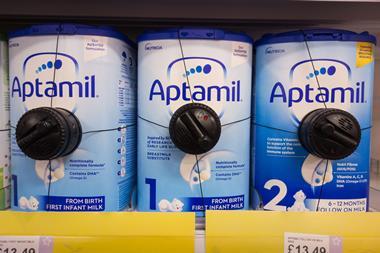
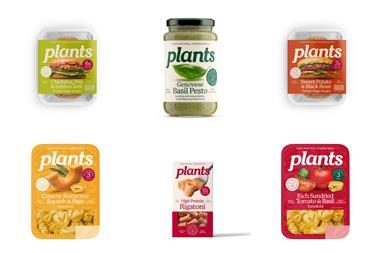

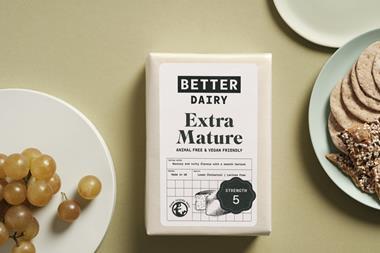


No comments yet